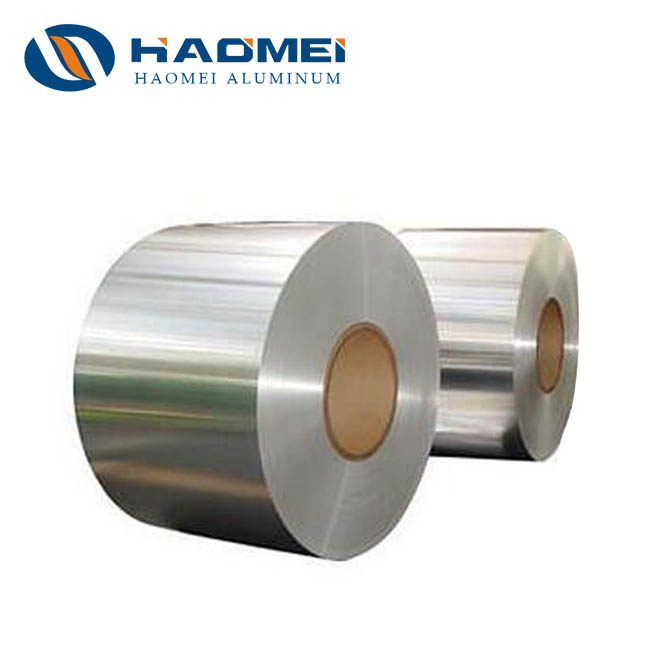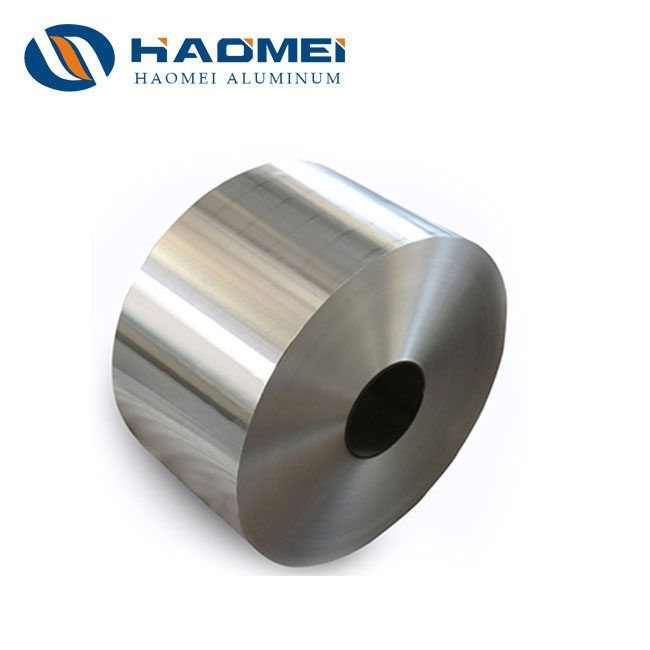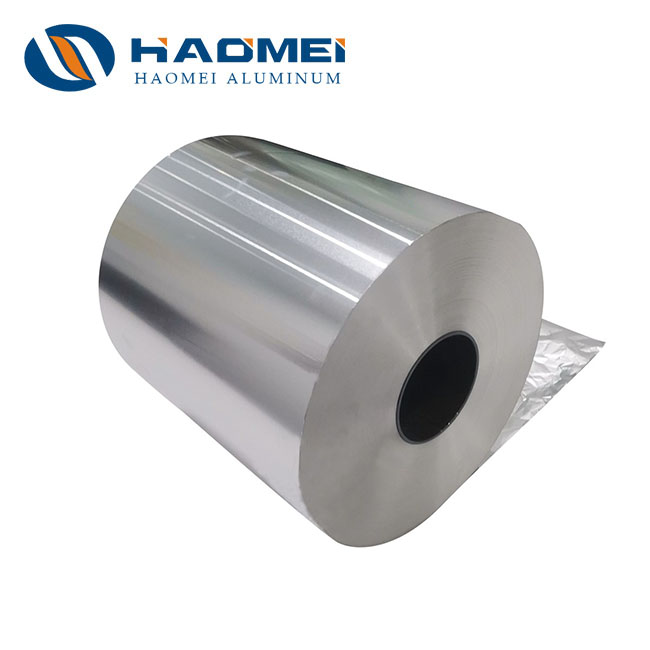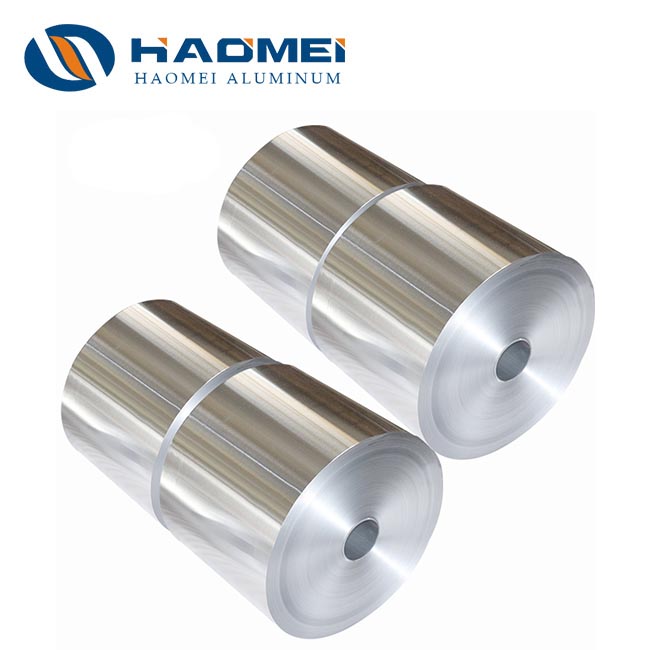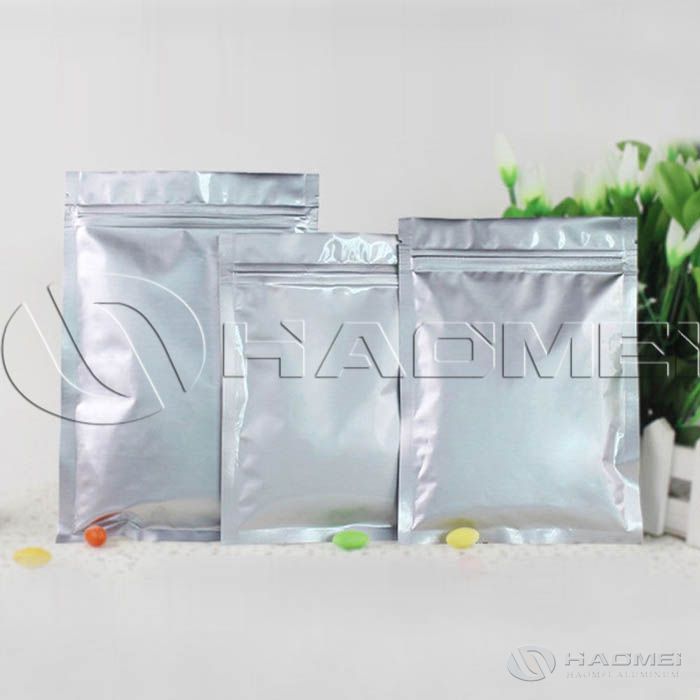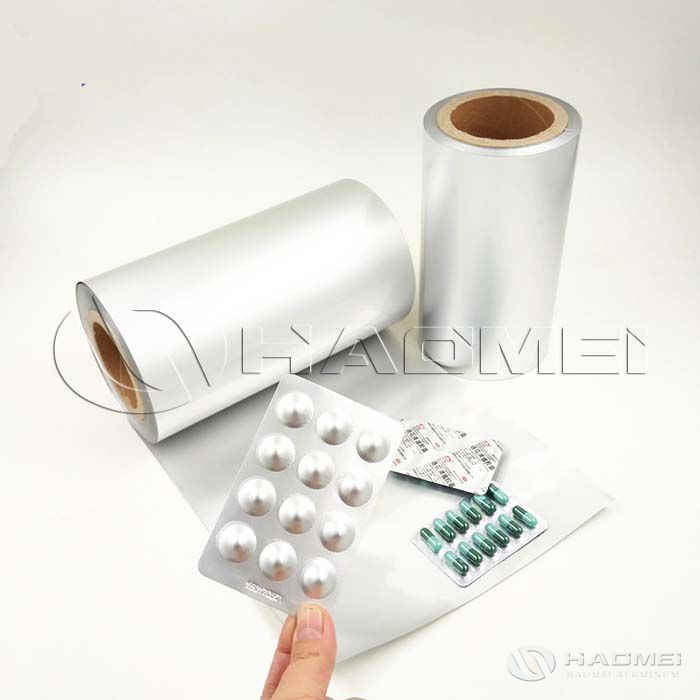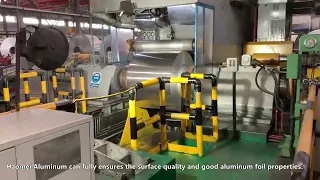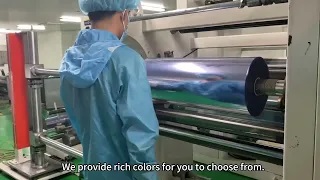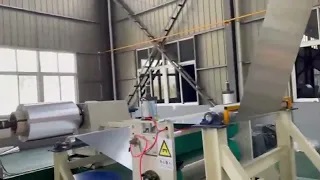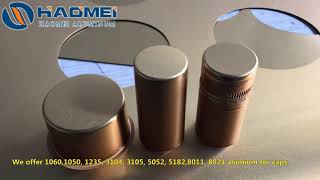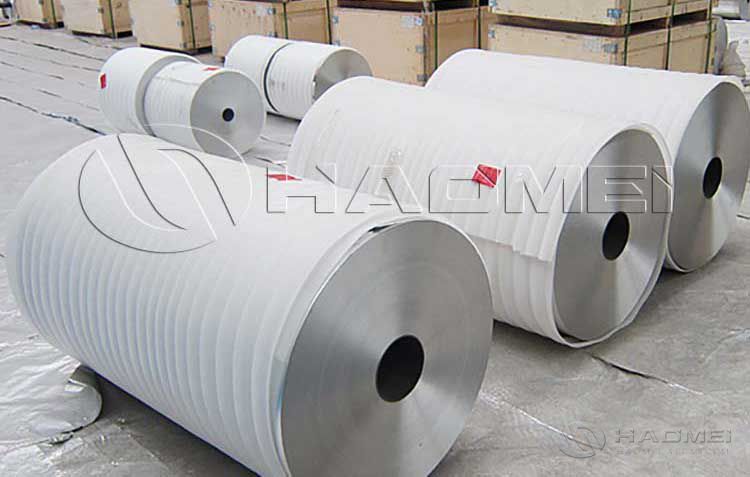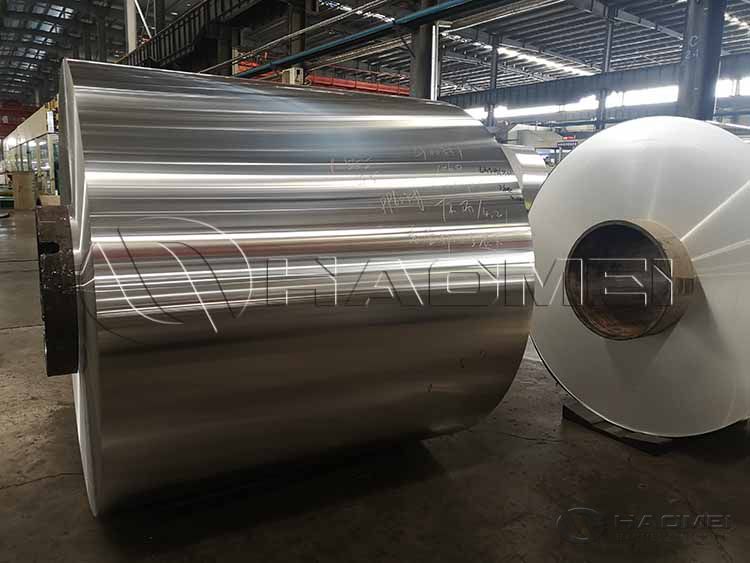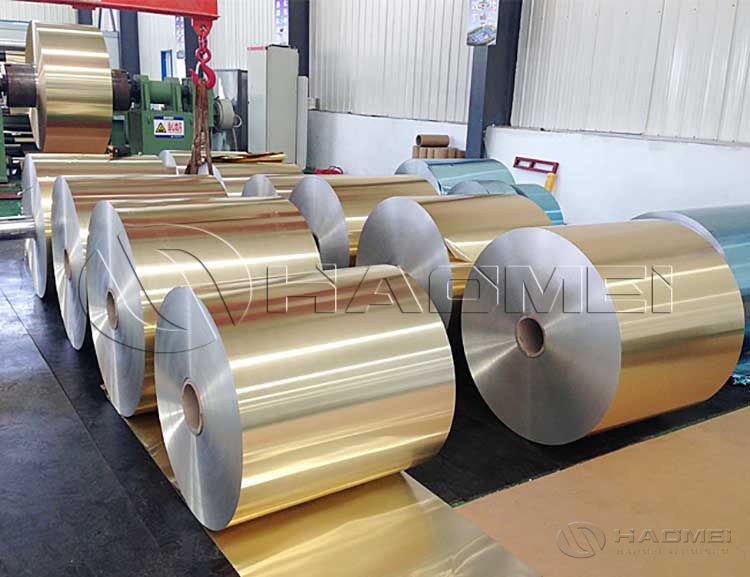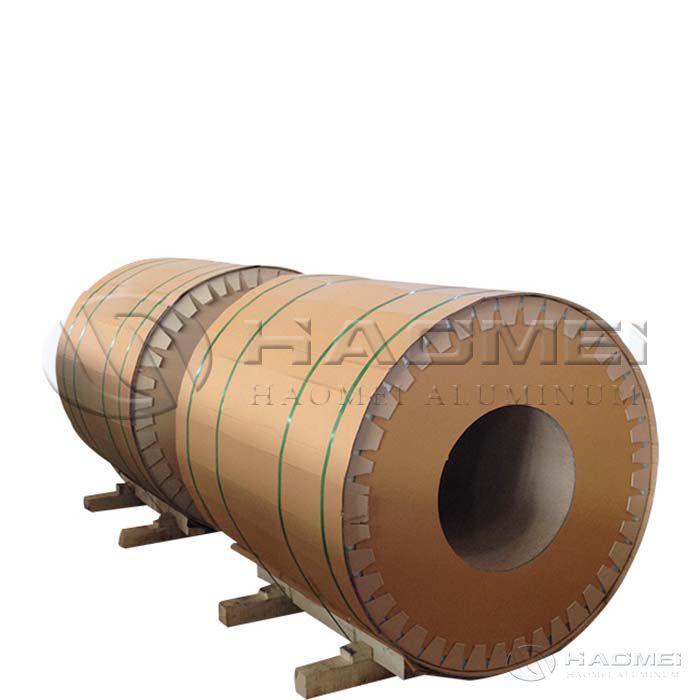Aluminum Foil Winding in Transformer
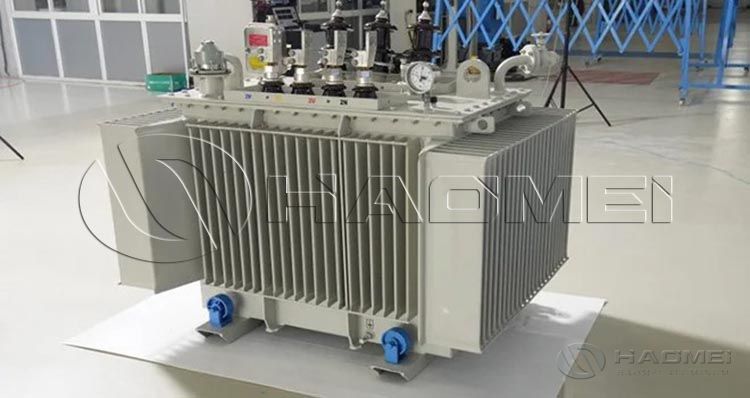
Among the many components of a transformer, the winding is undoubtedly one of the key components, and its performance directly affects the overall performance of the transformer.
Among the many components of a transformer, the winding is undoubtedly one of the key components, and its performance directly affects the overall performance of the transformer. Foil winding in transformer commonly chooses aluminum foil or copper coil.

Advantages of aluminum foil in foil winding
Cost and weight advantages
Aluminum is abundant in the earth's crust and is cheaper than copper. In transformer production, using aluminum foil as a winding material can significantly reduce the cost of raw materials. For example, if an aluminum foil winding is used for a transformer with a capacity of 1000kVA, the material cost can be reduced by about 20% - 30%. Moreover, the density of aluminum is only about one-third of that of copper, which greatly reduces the weight of transformers using aluminum foil winding.
For some application scenarios with strict weight requirements, such as mobile substations and transformers in the aviation field, the lightweight advantages of aluminum foil windings are particularly prominent, which is convenient for transportation and installation, and can reduce energy consumption during equipment operation.
Good electrical conductivity and heat dissipation performance
Although the electrical conductivity of aluminum is slightly lower than that of copper, the electrical conductivity requirements of the transformer can be met by rationally designing the cross-sectional area of the aluminum foil. At the same time, the aluminum foil has good thermal conductivity and can quickly dissipate the heat generated by the winding.
In actual operation, the transformer winding will generate heat due to the passage of current. If the heat cannot be dissipated in time, the winding temperature will rise, affecting the performance and life of the transformer. The heat dissipation advantage of aluminum foil winding can effectively suppress the generation of hot spot temperature of the winding. For example, in the high temperature environment in summer, the winding temperature of the transformer using aluminum foil winding can be 5-10℃ lower than that of the copper foil winding, which greatly improves the stability and reliability of the transformer operation.
Mechanical strength and short-circuit resistance
After proper processing, aluminum foil has good mechanical strength and is not easy to deform. During the operation of the transformer, especially when a short circuit occurs, the winding will be subjected to strong electromagnetic force. Aluminum foil winding can withstand large short-circuit forces and reduce the risk of winding deformation and damage due to their mechanical strength and structural characteristics.
Relevant experiments show that in simulated short-circuit tests, the winding integrity rate of aluminum foil winding transformers is 15% - 20% higher than that of ordinary winding transformers, effectively ensuring the safety of the transformer in the event of a fault.
Application cases of aluminum foil in foil winding
In developed countries such as Europe, America, and Japan, the application of aluminum foil for transformer is very common. Take Fuji Electric of Japan as an example. Its dry-type transformers widely use aluminum foil with high-tech physical properties containing rare earth metals as conductors for high and low voltage coils.
This kind of aluminum foil not only maintains good conductivity, but also improves mechanical strength, has a bright surface and is not easy to oxidize. The transformer using this aluminum foil winding has achieved miniaturization and lightness, and has excellent cracking and aging resistance, and the product service life has been increased to more than 40 years.
Challenges and Solutions of Aluminum Foil in Foil Winding
Although aluminum foil has many advantages in transformer foil windings, it also faces some challenges. Among them, the copper-aluminum connection problem is a more prominent one. To solve this problem, special welding processes and transition connection materials are often used.
In addition, the control of the oxide layer on the surface of the aluminum foil is also a key link. Although the natural oxide layer on the surface of the aluminum foil has a certain insulation effect, it may affect the electrical performance of the winding in some cases. By adopting surface treatment technologies such as anodizing, the thickness and quality of the oxide layer can be accurately controlled to better meet the insulation requirements of the winding.
Inquiry
Products Category
Latest Application
-
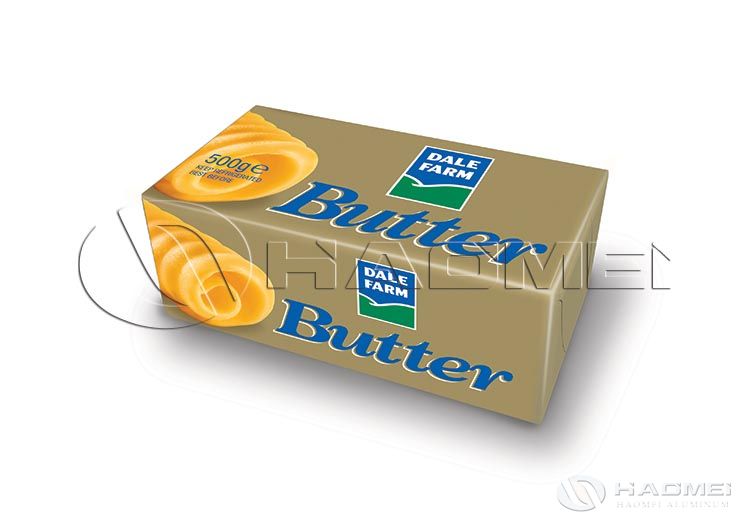 Why butter aluminum foil is neededButter aluminum foil blocks oxygen, moisture, and light, effectively preventing butter from oxidizing and spoiling, preserving nutrients, and significantly extending its shelf life. High-end products can see their sh
application
Why butter aluminum foil is neededButter aluminum foil blocks oxygen, moisture, and light, effectively preventing butter from oxidizing and spoiling, preserving nutrients, and significantly extending its shelf life. High-end products can see their sh
application
-
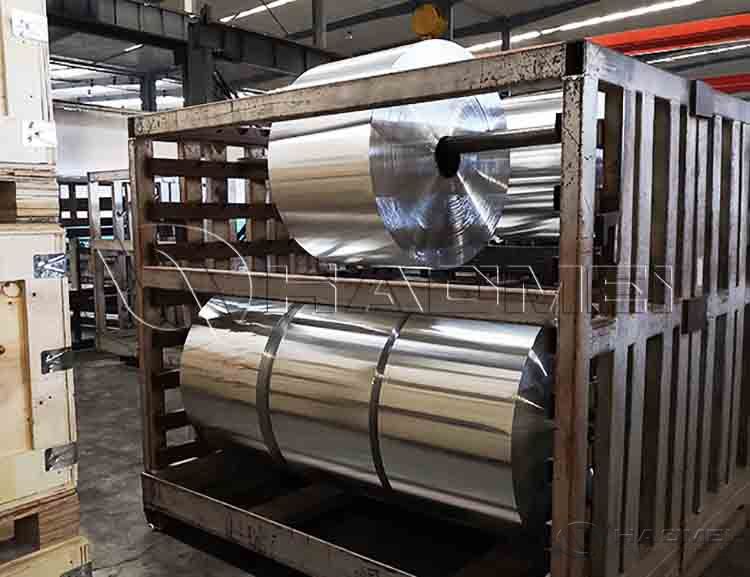 Cables are usually composed of conductors, insulation layers, shielding layers, and sheaths. Aluminum foil for cable is generally located outside the insulation layer as part of the shielding layer. It fits tightly to the surface of the insulation la
application
Cables are usually composed of conductors, insulation layers, shielding layers, and sheaths. Aluminum foil for cable is generally located outside the insulation layer as part of the shielding layer. It fits tightly to the surface of the insulation la
application
-
Aluminum Gold Foil Paper For Chocolate Wrapping
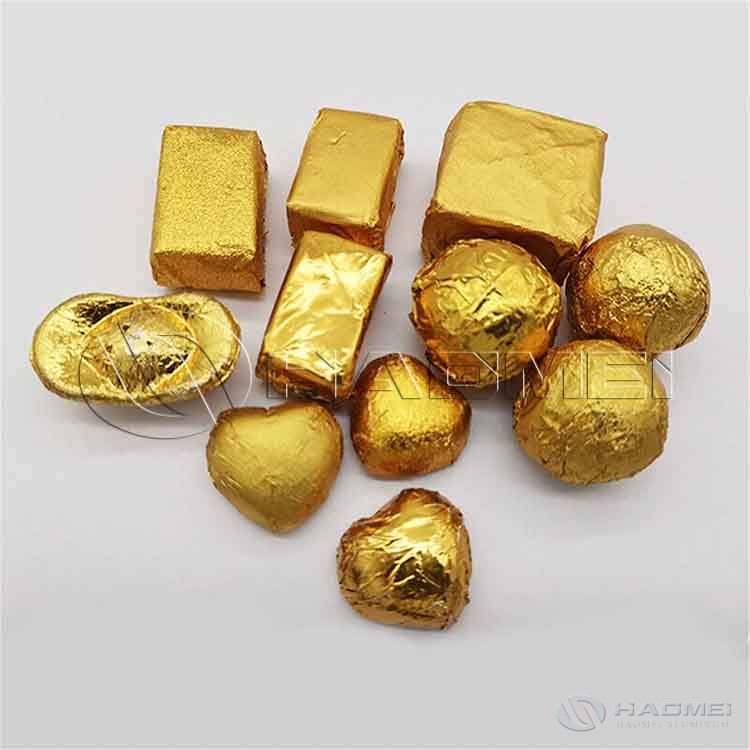 When is aluminum foil used for chocolate wrappingThe use of aluminium foil food for chocolate can be traced back to the early 20th century. In 1911, Swiss candy companies began to wrap chocolate with aluminum foil, gradually replacing the tin foil. T
application
When is aluminum foil used for chocolate wrappingThe use of aluminium foil food for chocolate can be traced back to the early 20th century. In 1911, Swiss candy companies began to wrap chocolate with aluminum foil, gradually replacing the tin foil. T
application
-
PVC Rigid Film and Aluminum Foil for Medicine Packaging
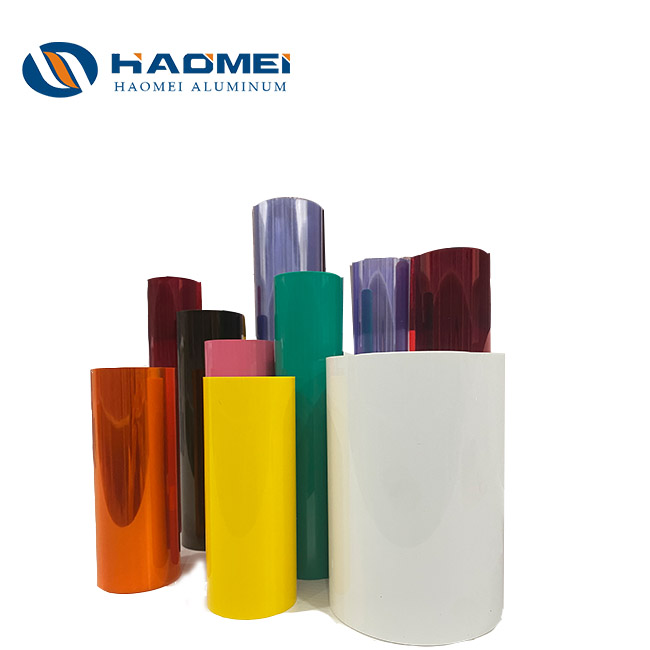 Haomei Aluminum provides different types of aluminum foil and plastic rigid films like PTP aluminum foil, cold forming foil, tropical foil, PVC rigid film, PE/PET film,etc. Best Price! Inquire now.
application
Haomei Aluminum provides different types of aluminum foil and plastic rigid films like PTP aluminum foil, cold forming foil, tropical foil, PVC rigid film, PE/PET film,etc. Best Price! Inquire now.
application
-
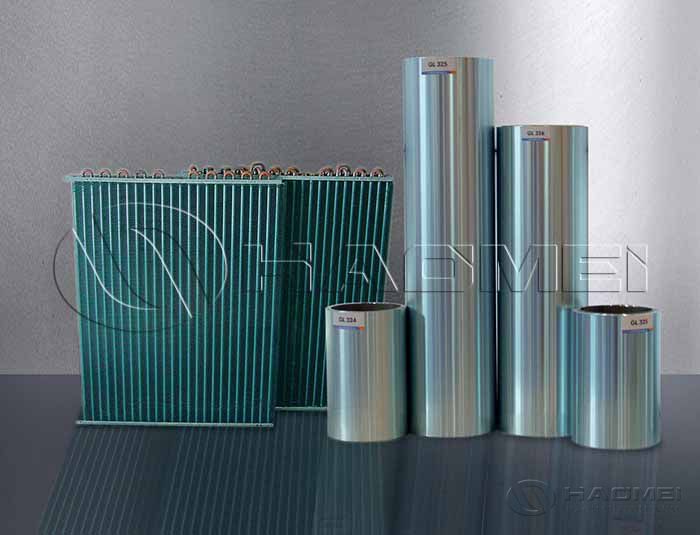 Haomei Aluminum offers you different colors of air conditioner aluminum foil like hydrophilic aluminum foil, including1100/ 3003 /8006/8011 aluminum foil,etc. Learn more.
application
Haomei Aluminum offers you different colors of air conditioner aluminum foil like hydrophilic aluminum foil, including1100/ 3003 /8006/8011 aluminum foil,etc. Learn more.
application
Latest Blog
-
What Are Uses of Heavy Aluminum Foil
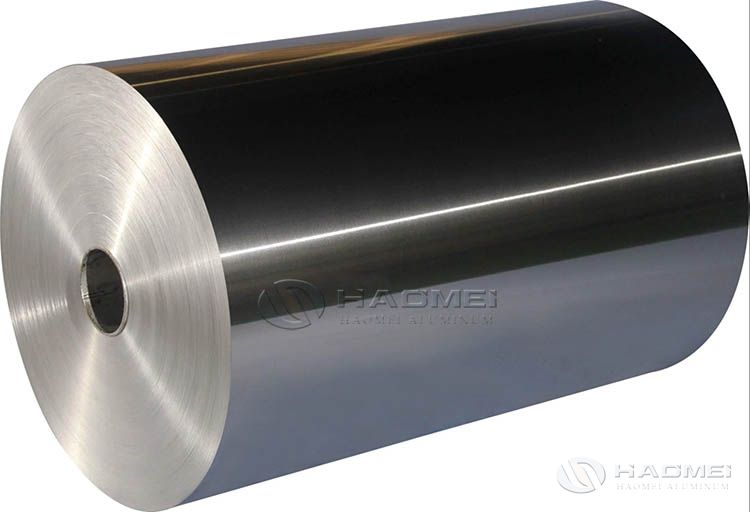 Heavy aluminum foil is still a thin sheet material made of aluminum and aluminum alloys through rolling. According to industry standards, aluminum foil is usually classified based on thickness: aluminum foil with a thickness of less than 0.1 mm is ca
Blog
Heavy aluminum foil is still a thin sheet material made of aluminum and aluminum alloys through rolling. According to industry standards, aluminum foil is usually classified based on thickness: aluminum foil with a thickness of less than 0.1 mm is ca
Blog
-
Blister Packaging: Aluminum foil and PVDC PVC
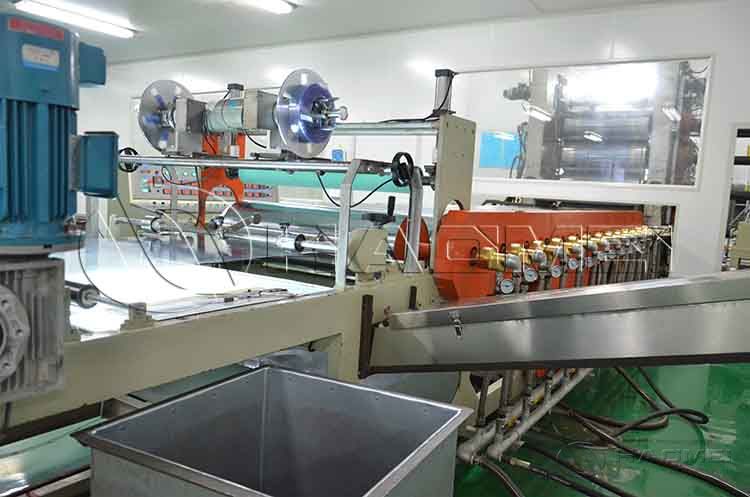 Opening a medicine box, the pills and capsules encased in transparent "bubbles" always give a sense of reassurance; opening a snack bag, individually wrapped candies and nuts are often hidden in similar packaging. This packaging format, which co
Blog
Opening a medicine box, the pills and capsules encased in transparent "bubbles" always give a sense of reassurance; opening a snack bag, individually wrapped candies and nuts are often hidden in similar packaging. This packaging format, which co
Blog
-
Heavy Duty Aluminum Foil For BBQ
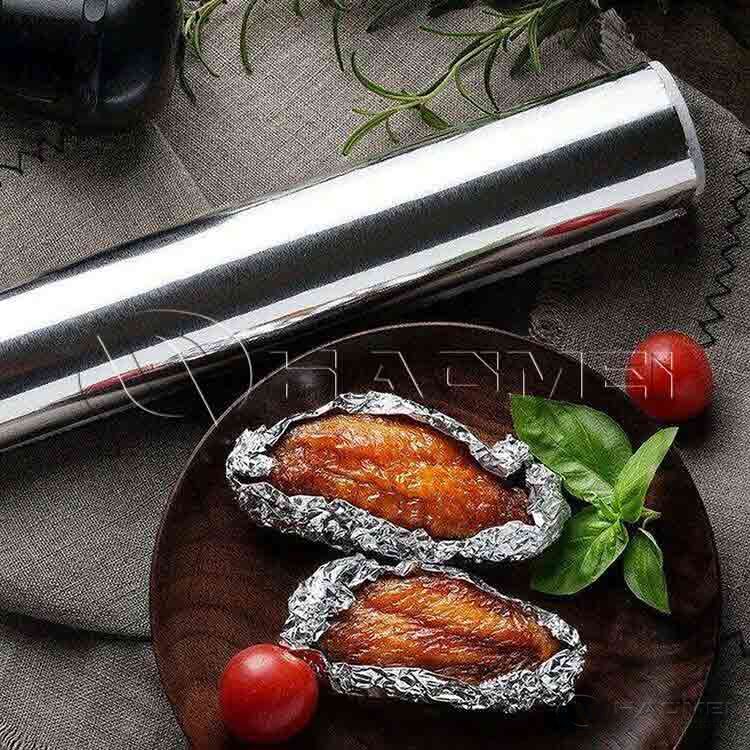 Many people think of aluminum foil as just a "wrapping tool," but in a barbecue setting, heavy duty catering foil offers much more than that; it acts as a "personal protective shield" and a "smart heat conductor" for the
Blog
Many people think of aluminum foil as just a "wrapping tool," but in a barbecue setting, heavy duty catering foil offers much more than that; it acts as a "personal protective shield" and a "smart heat conductor" for the
Blog
-
 Composition Purity 1050 Aluminum Foil: Aluminum content is ≥99.5%, belonging to basic high-purity pure aluminum, with no additional alloying elements added, resulting in a simpler composition. 1060 Aluminium Foil: Aluminum content is ≥
Blog
Composition Purity 1050 Aluminum Foil: Aluminum content is ≥99.5%, belonging to basic high-purity pure aluminum, with no additional alloying elements added, resulting in a simpler composition. 1060 Aluminium Foil: Aluminum content is ≥
Blog
-
The Use of Aluminum Foil in Industrial Field
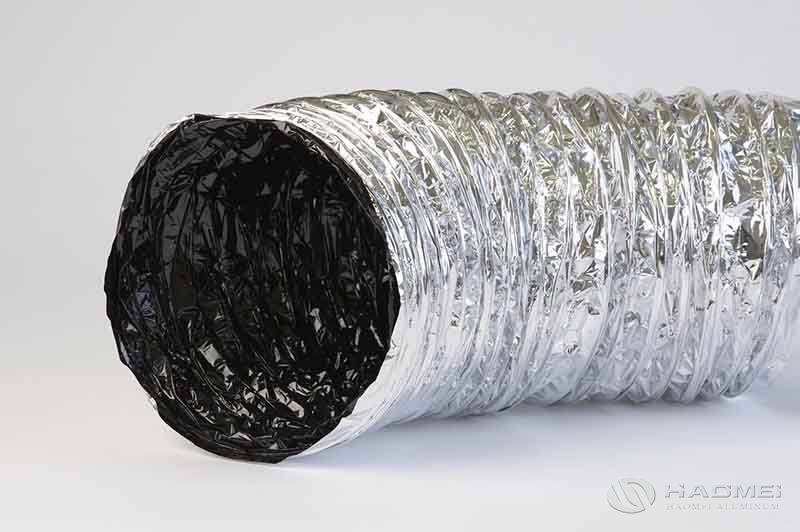 Among the many materials used in industrial production, aluminum foil plays an indispensable role in several key areas due to its unique physicochemical properties.CapacitorsAs crucial components for storing charge in electronic circuits, capacitors are w
Blog
Among the many materials used in industrial production, aluminum foil plays an indispensable role in several key areas due to its unique physicochemical properties.CapacitorsAs crucial components for storing charge in electronic circuits, capacitors are w
Blog

Haomei Aluminum CO., LTD.
Tel/Whatsapp: +86-15978414719
Email: sale@alumhm.com
Website: https://www.alumfoils.com
Xin'an Industrial Assemble Region,Luoyang,Henan Province,China
Office Add: 1103, No.14 Waihuan Road, CBD, Zhengzhou, China

